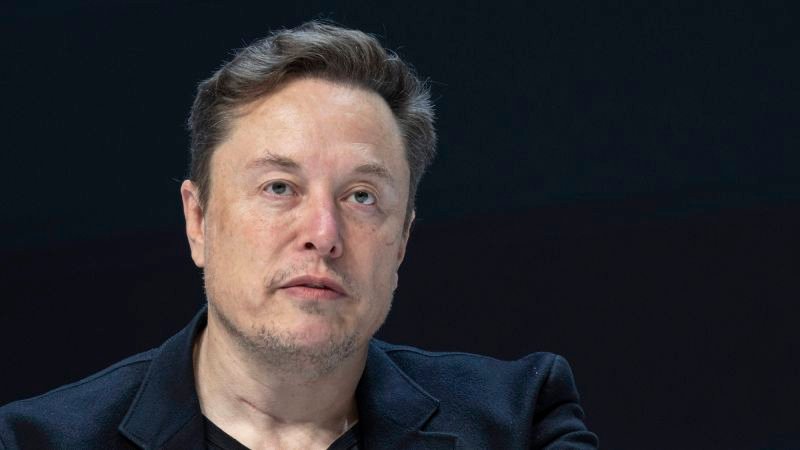Tesla CEO Elon Musk recently unveiled his vision for a future full of self-driving cars, robots, and park-filled parking lots. Despite Musk’s promises of these advancements being just a few years away, the feasibility of these plans is uncertain. During a glitzy event in California, Musk showcased designs for robotaxis and a driverless vehicle called the Robovan, both boasting a futuristic sci-fi aesthetic reminiscent of classic movies like “Blade Runner.”
Despite Musk’s track record of setting ambitious targets that take years to achieve, he remains optimistic about the timeline for rolling out these new products. He acknowledges his tendency to be overly optimistic with time frames. The event unveiling these products was livestreamed to millions of viewers on his social media platform X, although it began over 50 minutes late. Despite the delay, the in-person crowd eagerly anticipated the chance to ride in the self-driving vehicles showcased at the studio lot.
Tesla has long offered Full Self-Driving (FSD) as an option on its vehicles, requiring drivers to remain in the driver’s seat even in FSD mode. Musk predicts that FSD-enabled Teslas will be able to operate without human intervention in states like California and Texas by next year. He also introduced Cybercab, a vehicle designed to carry passengers without a driver present, set for production by 2026. Musk envisions a future where these vehicles offer a seamless and comfortable mode of transportation.
Musk emphasized innovations such as the Robocab, which charges by driving over a plate instead of using a plug, and a larger vehicle, the Robovan, capable of transporting up to 20 passengers or goods. He claims that Tesla’s data indicates FSD is already safer than human drivers, despite some skepticism from independent testers. While Musk has set ambitious timelines for his self-driving initiatives in the past, many analysts believe achieving fully autonomous driving is still several years away due to technological and regulatory challenges.
Despite Musk’s optimism about surpassing human drivers in safety by the end of the year, analysts caution that reaching the necessary level of reliability for autonomous driving could take several more years. Gene Munster, managing partner at Deepwater Asset Management, highlights the challenge of reducing disengagements, or instances requiring human intervention, to an acceptable level for regulators. He estimates it could take two years to perfect the technology and an additional two to three years for regulatory approval, signaling a longer timeline for widespread adoption of self-driving vehicles.











